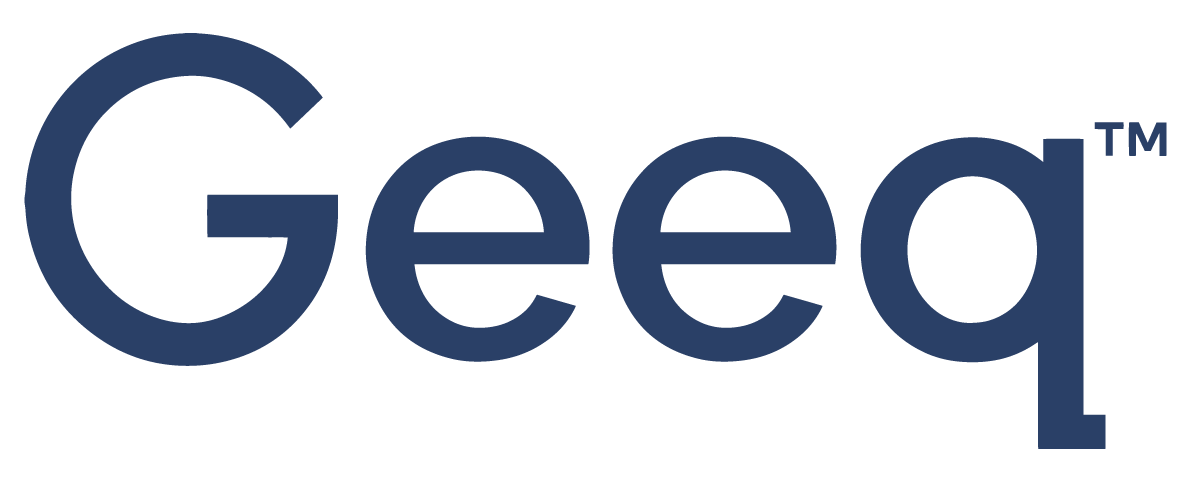
Wallet
What does Wallet mean?
Software that helps you access your accounts, facilitates transactions, and provides you with personalized information about your accounts.
The Main Idea:
Digital wallets are software applications that allow you to visualize, access, and manage your tokens and blockchain activities. They are similar to the electronic dashboard for a bank account, in the sense that they allow you to do similar activities to what you could do if you logged into your bank’s website.
For example, you may use the bank’s dashboard to view your account balances, transactions, and move your currency from your account to someone else. Notice when you use your bank’s dashboard to pay someone, you never touch your currency yourself: you send directions to the bank to debit the currency it has in its electronic (centralized) ledgers for your account and credit that amount to someone else.
Your digital wallet allows you to view the account balances of your tokens on their corresponding (decentralized) blockchain ledgers. You may send directions to the blockchain to move these digital currencies from your account to someone else’s account, as recorded on the blockchain ledger. These tokens and cryptocurrencies are not in your wallet because they are represented by bytes in the blockchain’s digital ledger.
What is a Cryptocurrency Address and How Do I Access It?
A cryptocurrency address is a publicly viewable, cryptocurrency-specific account number. This public address is an encrypted version of your public key. Because there is a special relationship between your public key and your private key (see Geeq’s Introduction to Encryption for an explanation of Public-Private Key Pairs), proving you own the address is done with your private key.
An analogue in the physical world is that the public address is like the number of a safety deposit box in a bank. You may keep a checkbook with a list of your transactions, your current account balance, and some checks in your safety deposit box. You may access your safety deposit box only if you have the private key. Once you demonstrate you know both the number of your safety deposit box and that you have the private key, you gain the ability to make transactions from your account on the blockchain.
Used in a Sentence:
Your non-custodial wallet is software that stores your private keys, public keys, and public addresses, lets you send and receive coins, and allows you to see personalized information about your accounts and transactions.
Last Updated: February 25, 2023
Read what Geeq has to say about Wallet...
The following articles are written by the Geeq team to share and inform about the industry we are passionate about.
To learn more about events, announcements and learn about other topics visit our news section
Community announcement - Tokenomics Update - January 2024
Why has Geeq taken a no-smart contracts route? To deliver an efficient, reliable, predictable engine to solve these three problems and more.
Here are 5 reasons why Geeq is poised to set the world's standards in decentralized, verifiable blockchain - at Layer 0.
Discover 7 powerful ways Geeq Stacks revolutionize digital assets. Simplify organization, ensure security, and stay in control. From creative collections to seamless transfers, Stacks make it intuitive.
8 Ways Geeq is the Essential Foundation for Blockchains. Here are the reasons Geeq provides the Layer 0 (L0) foundation that blockchains and smart contracts need.
How can the market separate "review bombing" from authentic testimonials? As with any policy, the risk is either going too far or not far enough. Read Geeq's solution.
UPDATE: Now with links to video and Slides! John P. Conley introduced Geeq's Algorithmic Monetary Policy and Stabilized Token to the public at SFBW.
This is the Geeq token allocation and release schedule. Please note: Geeq did not hold an ICO or IDO.
Ask Me Anything on Telegram: TH 1/24/2019, 4 pm EST
Details are available for the official GEEQ contract address.
$GEEQ has partnered with Ferrum Network to offer non-custodial liquidity staking. Watch this space!
Late Friday Update for Geeq Tokens - The Unlocked-round is fully subscribed. The Pre-round is still OPEN.









